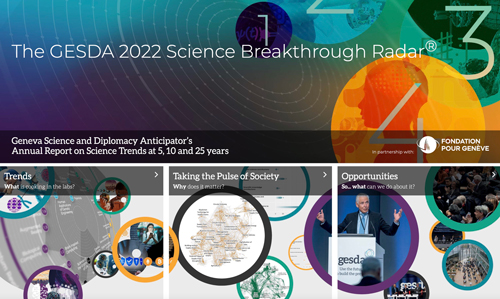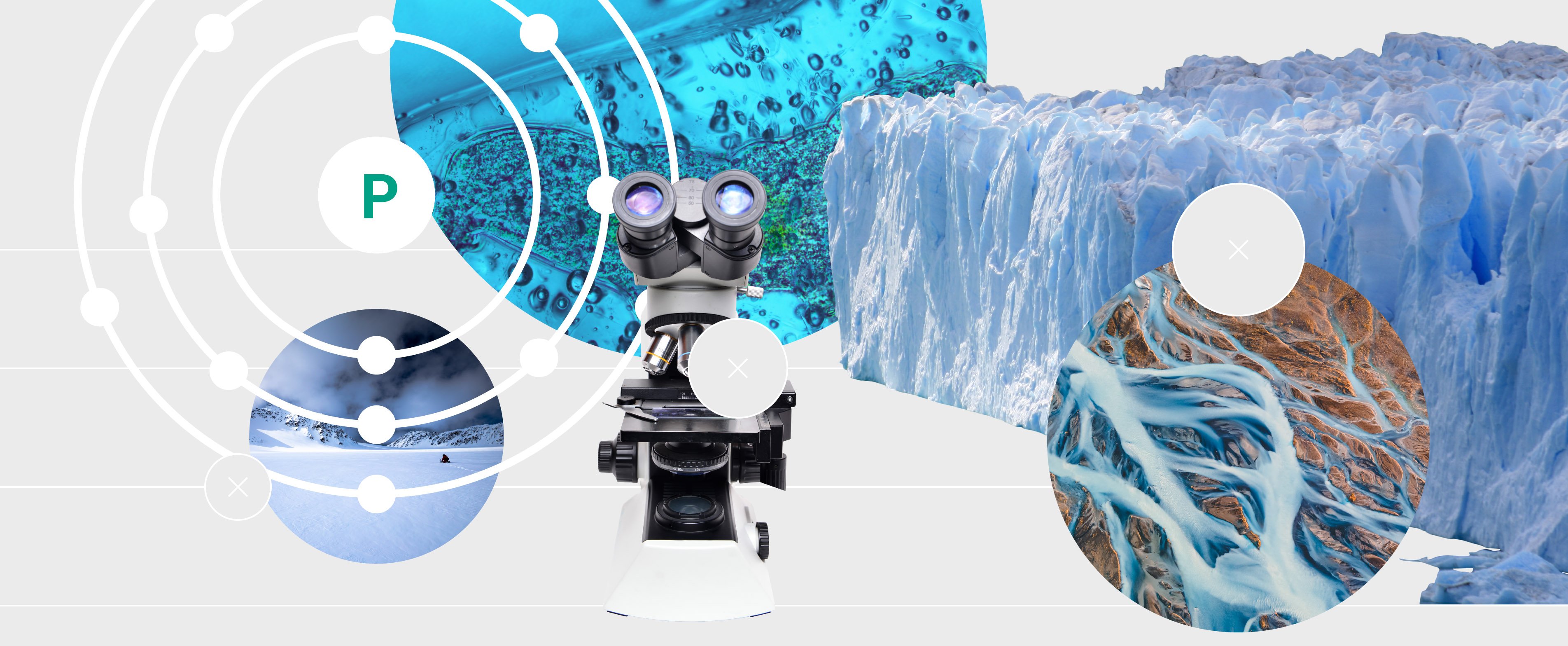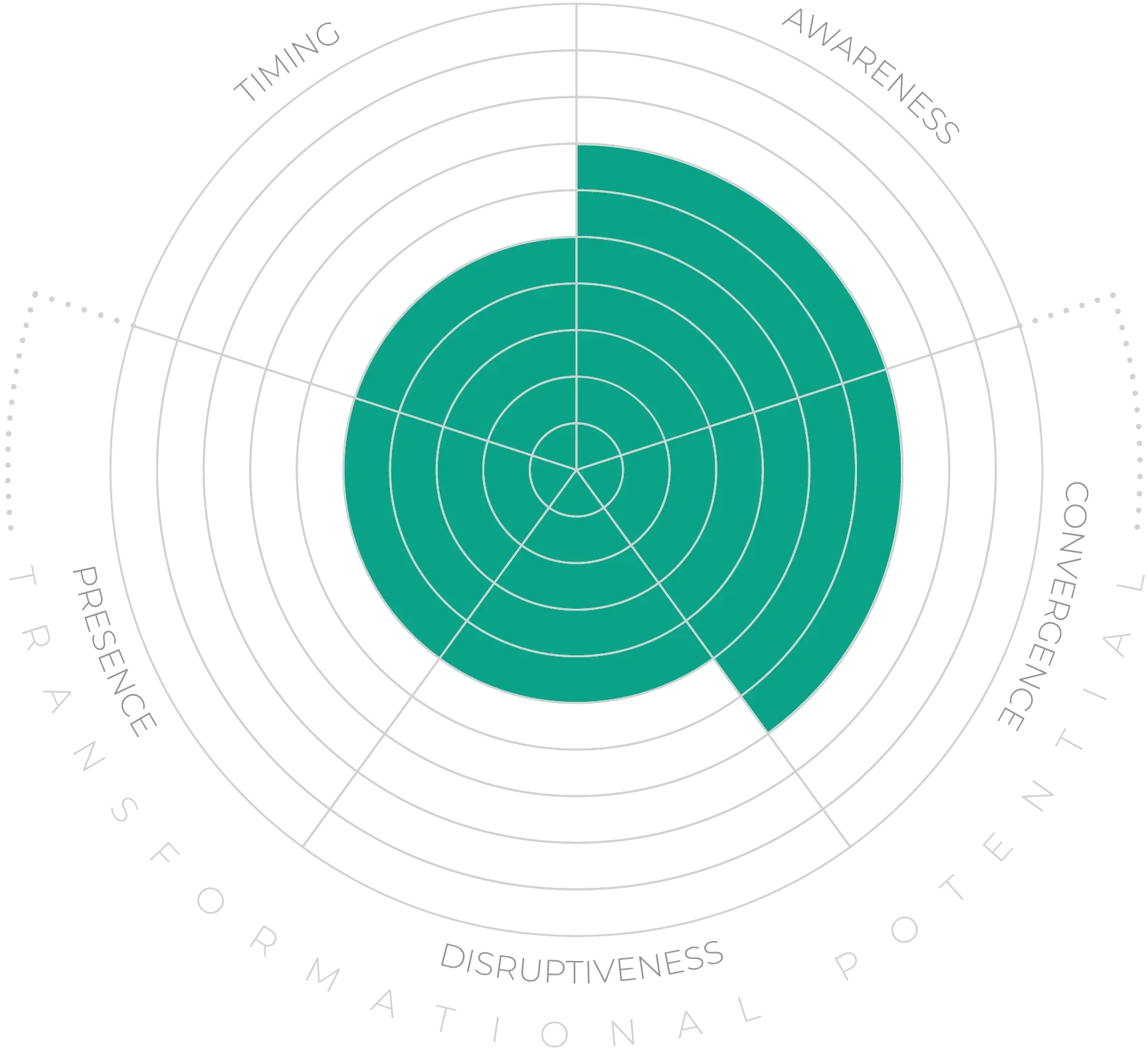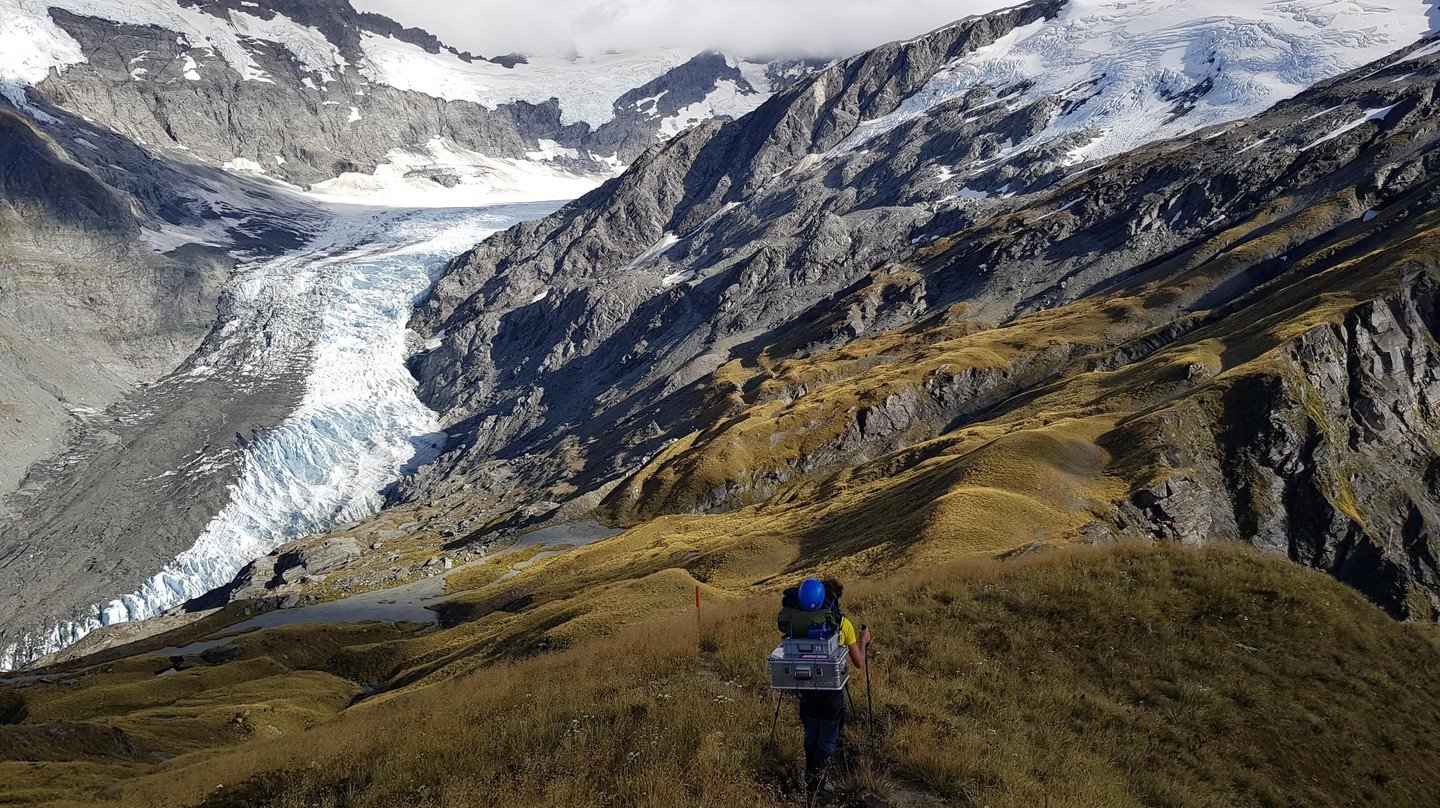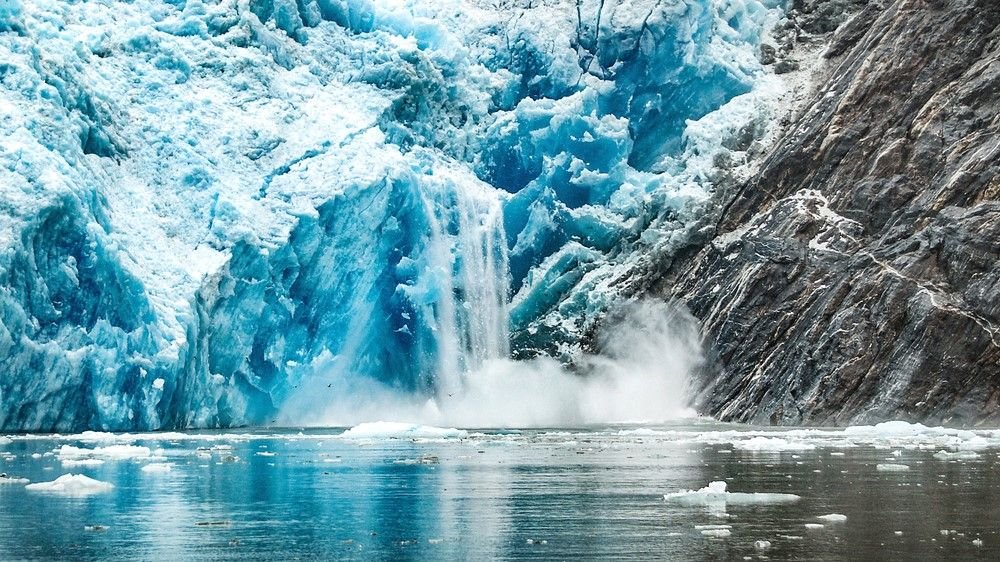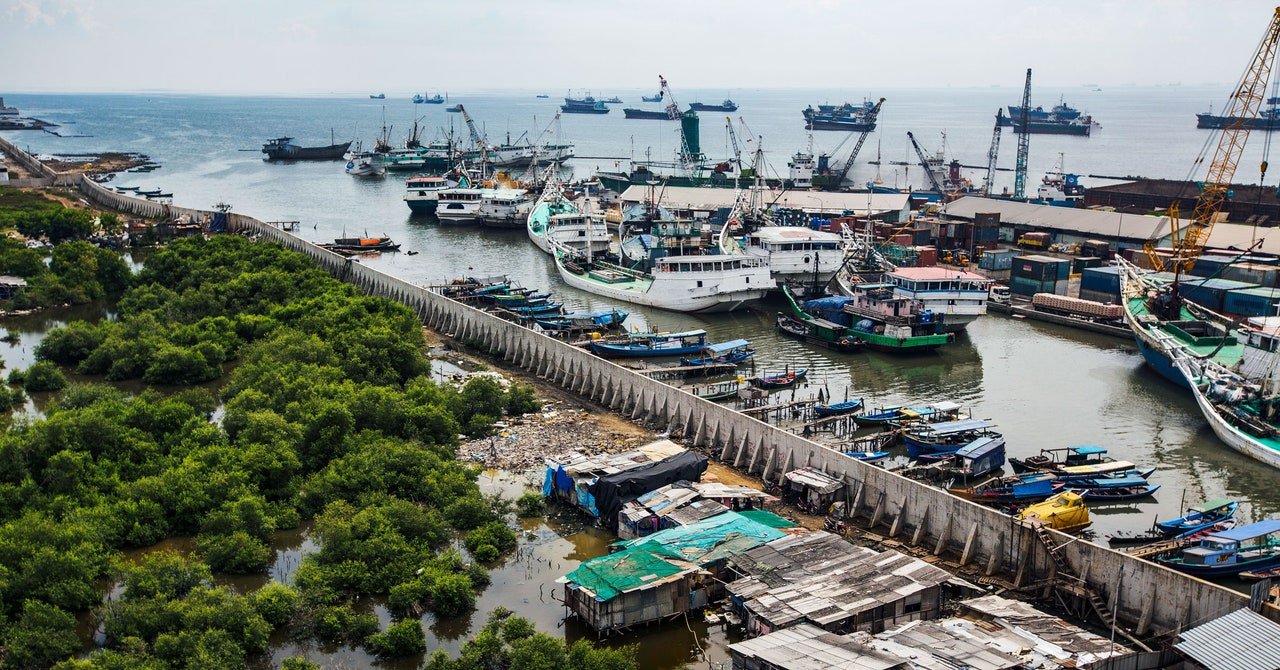These transition environments boast a rich biodiversity, including cold-adapted microbes, algae, fungi and archaea, making them fertile ground for bioprospecting. They also provide vast amounts of nutrients, such as phosphate, which enters the planet’s mountain river systems in the form of “glacial flour”: fine-grained rock ground from bedrock. Life on earth depends on phosphorus, and as glaciers disappear, less and less phosphate enters glacier-fed waterways, with potentially huge impact on life downstream.
We know too little about these ecosystems, yet they are steadily disappearing before our eyes. The rate at which the world’s glaciers are thinning doubled in the first 20 years of this century.11 Over the next 25 years, some regions of the Earth — including central Europe — are already expected to lose more than half of their current glacial mass.12 Due to climate inertia, these changes are largely locked in. We have a closing window in which to redouble our bioprospecting efforts, before many of these transition ecosystems melt away forever and valuable knowledge about those micro-organisms vanishes.
